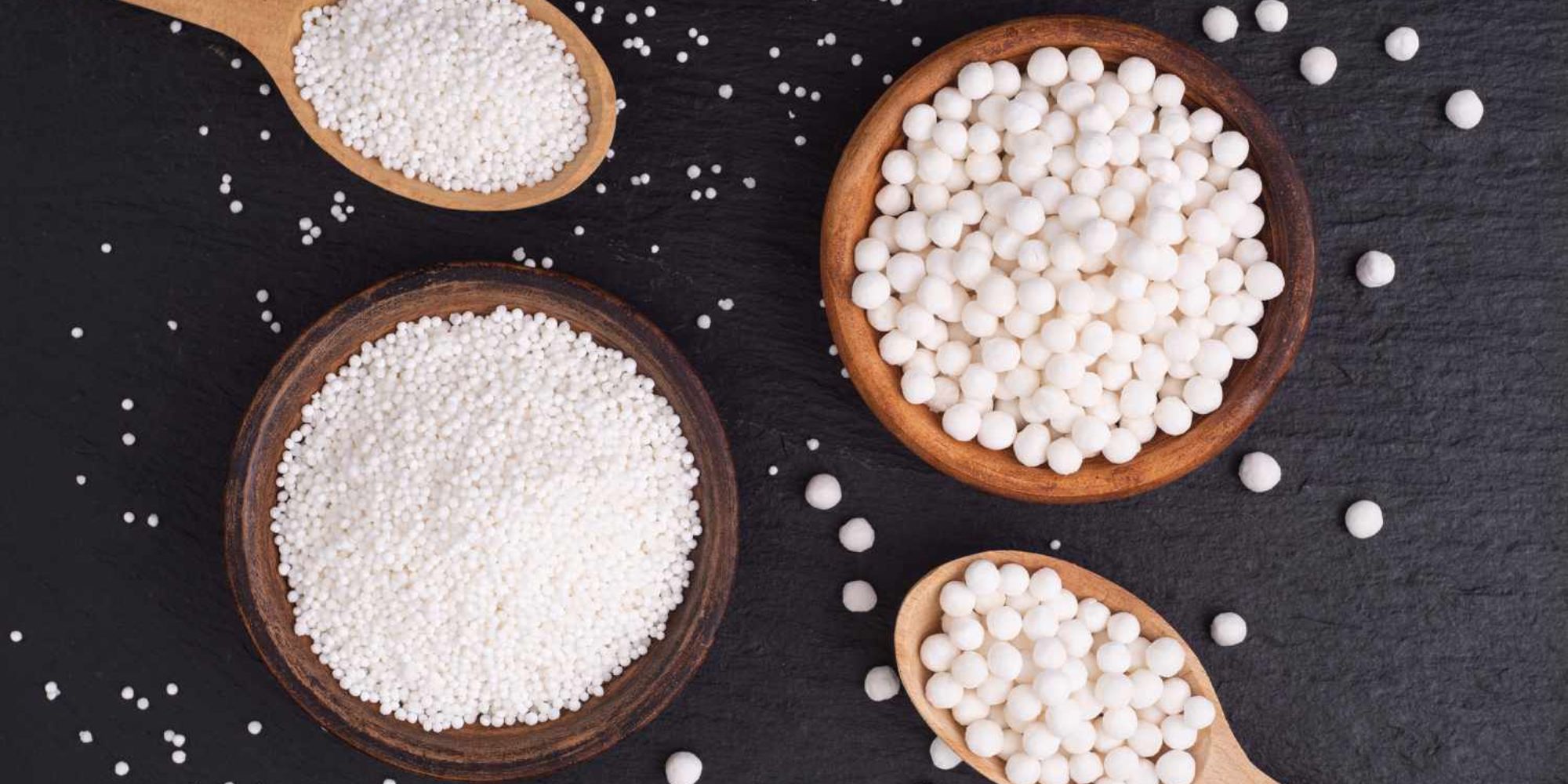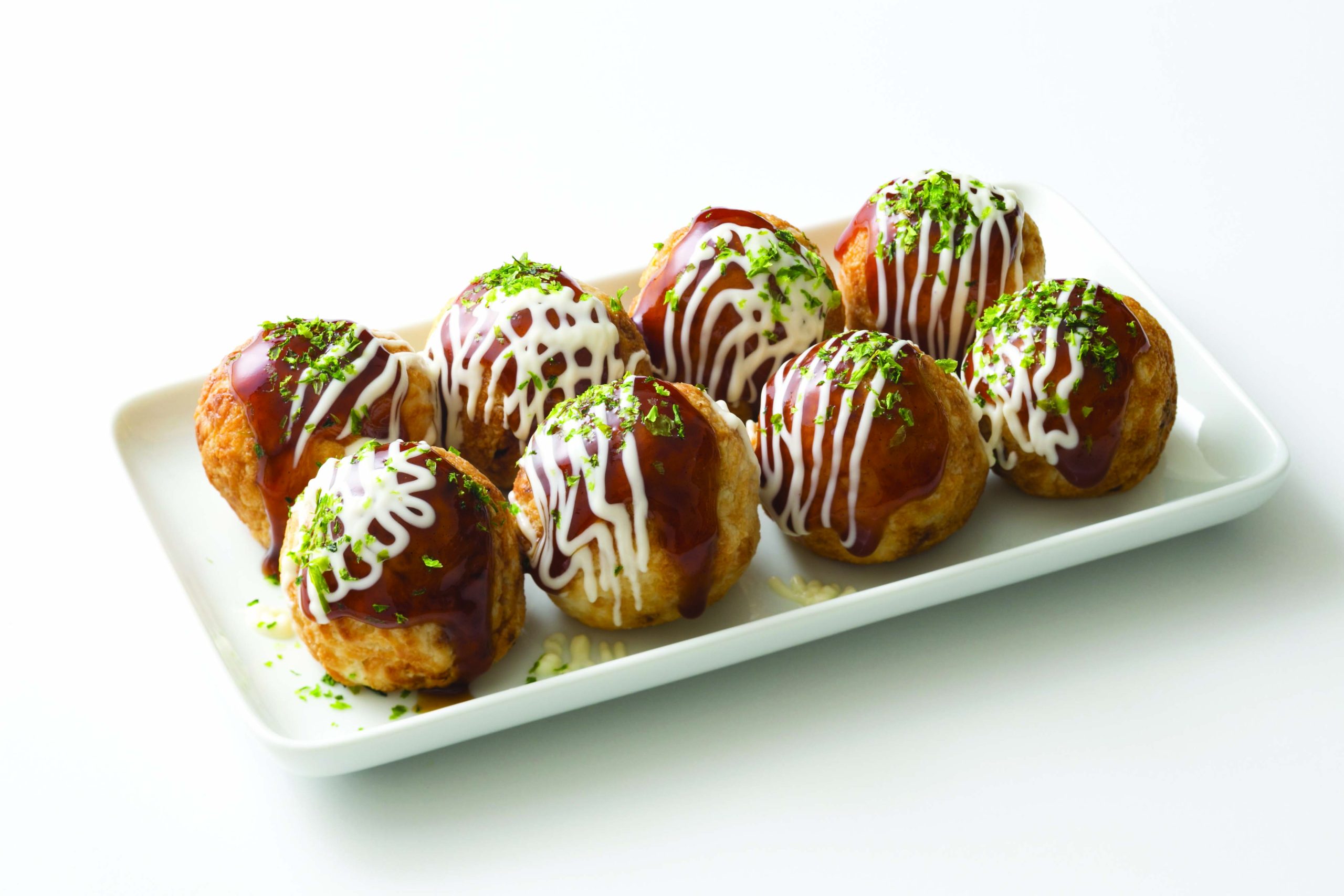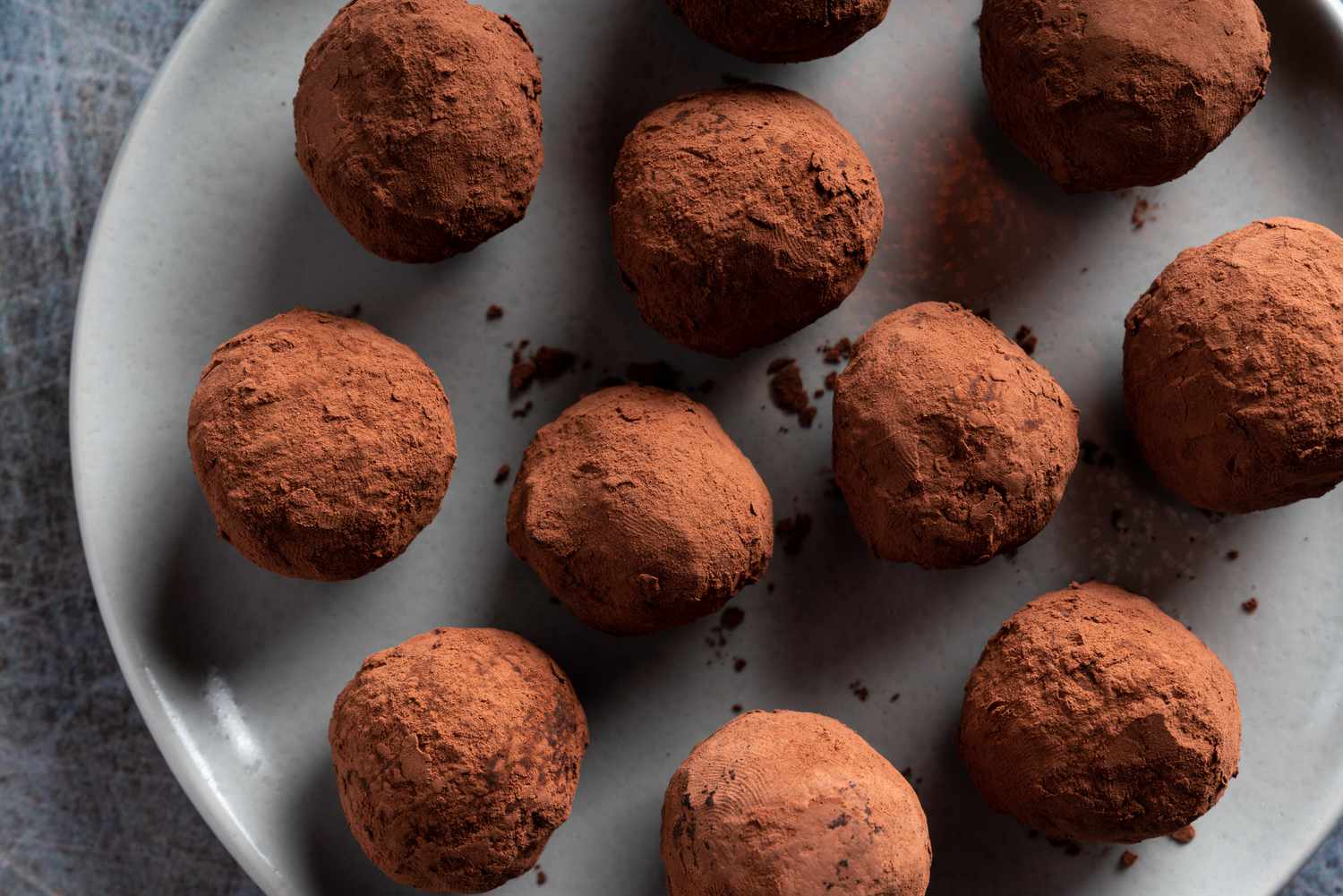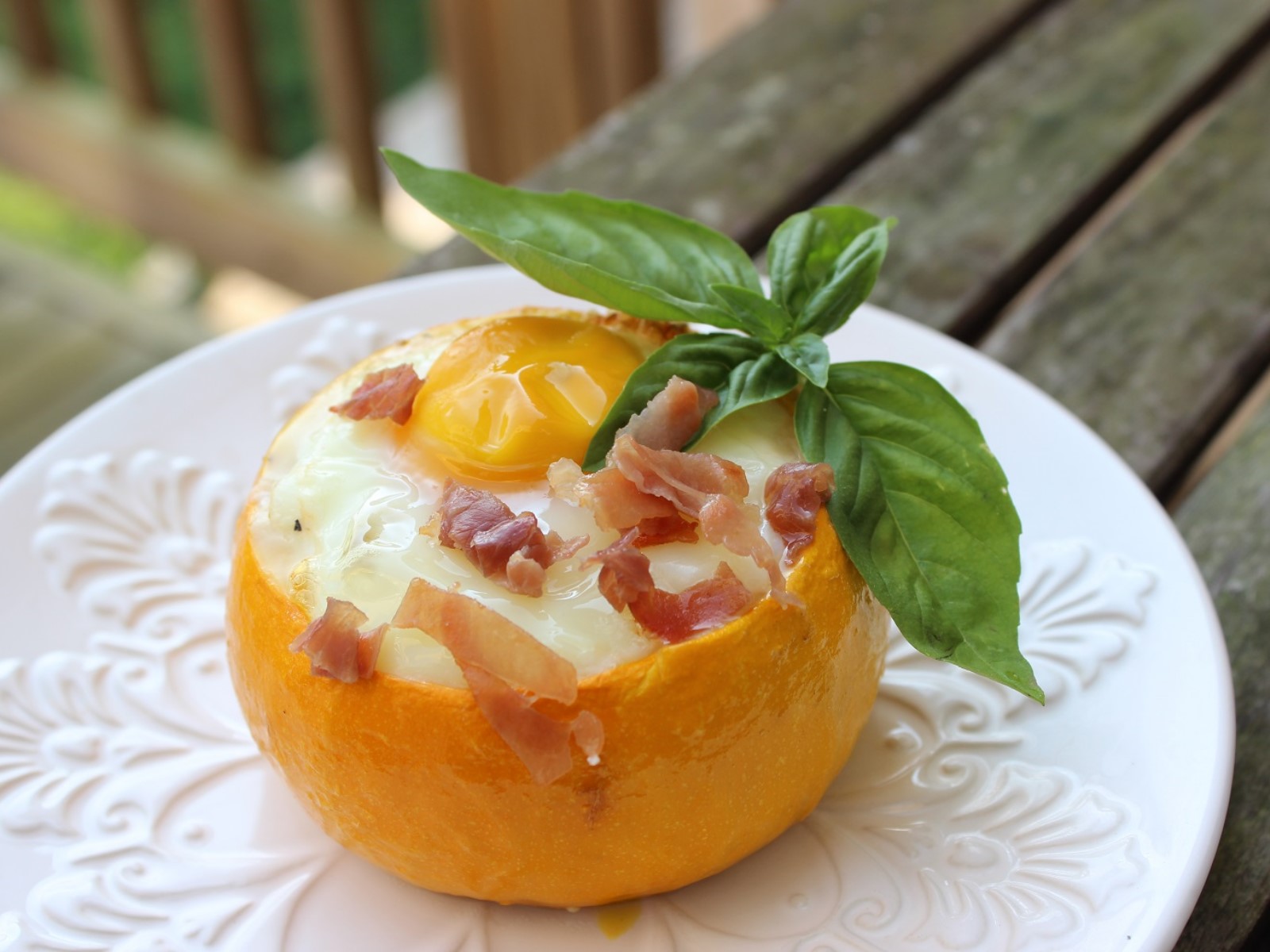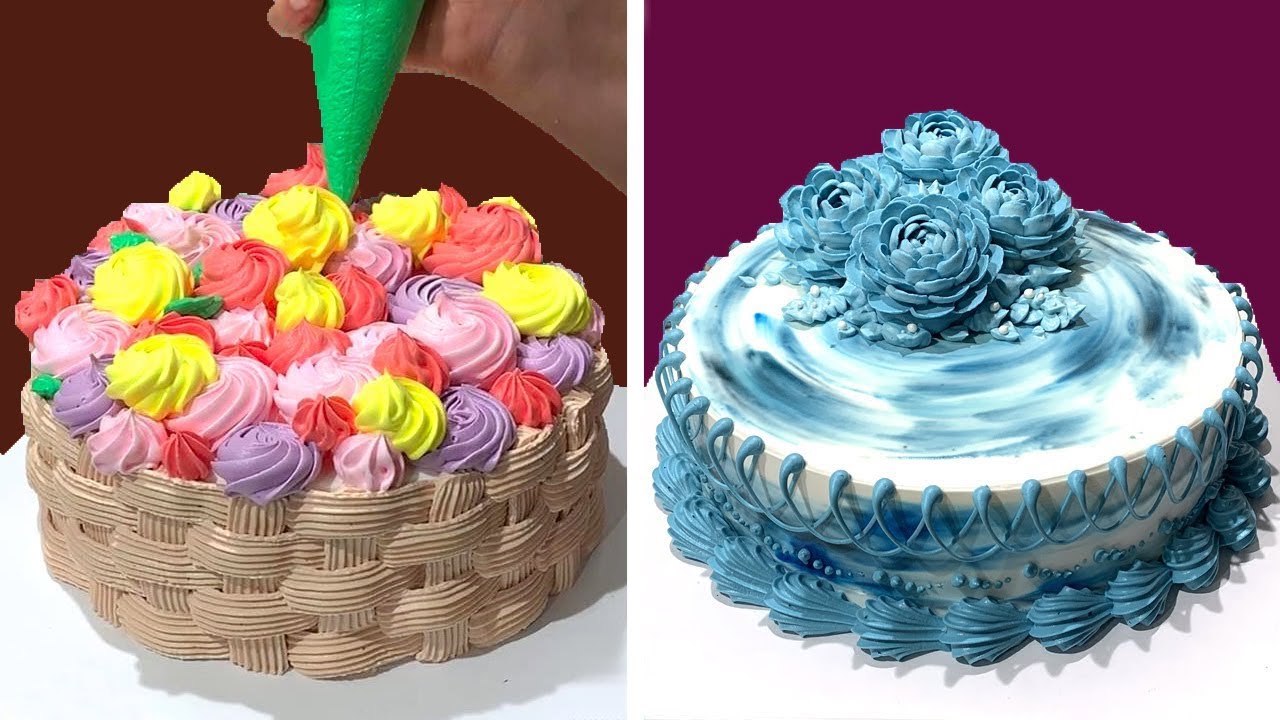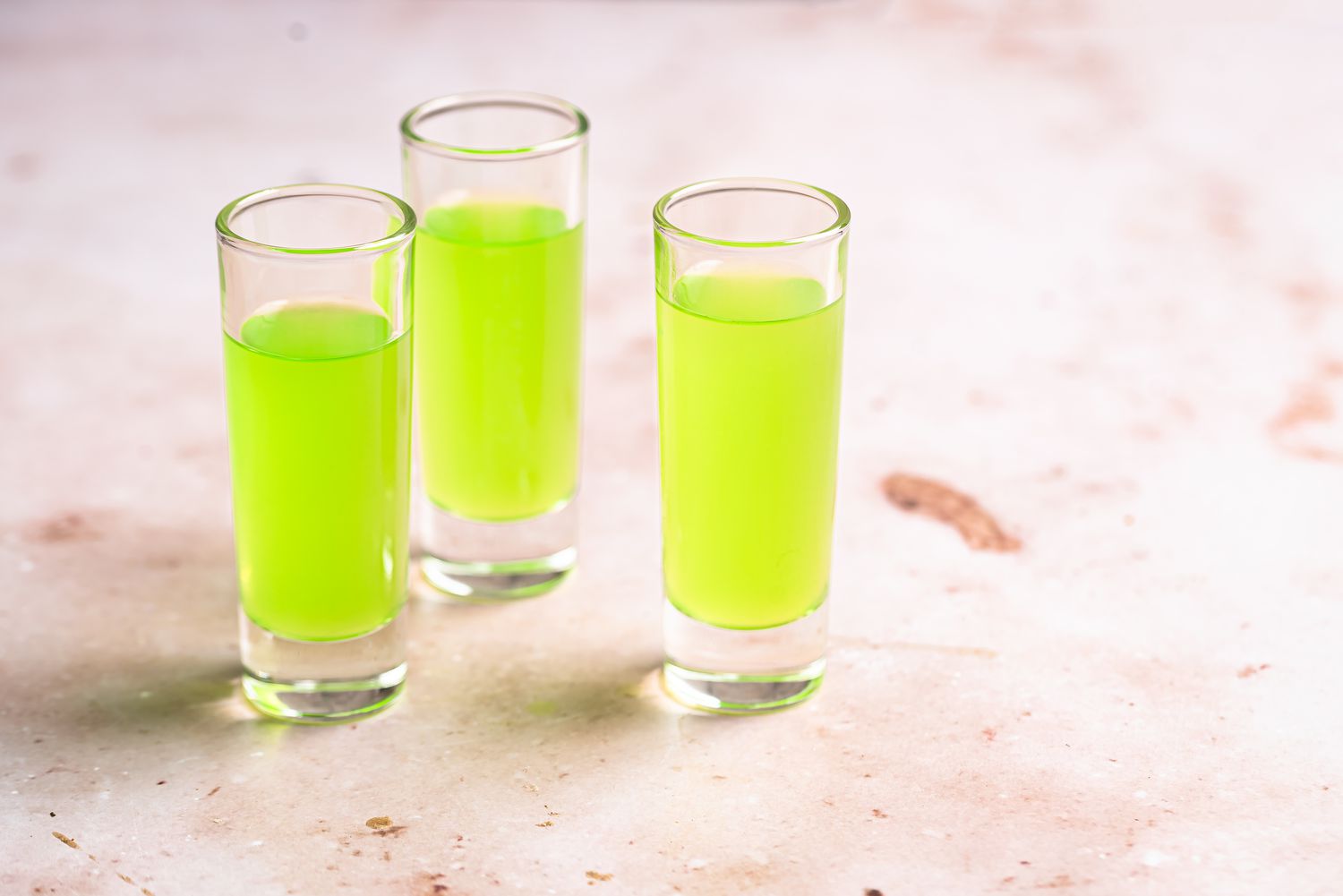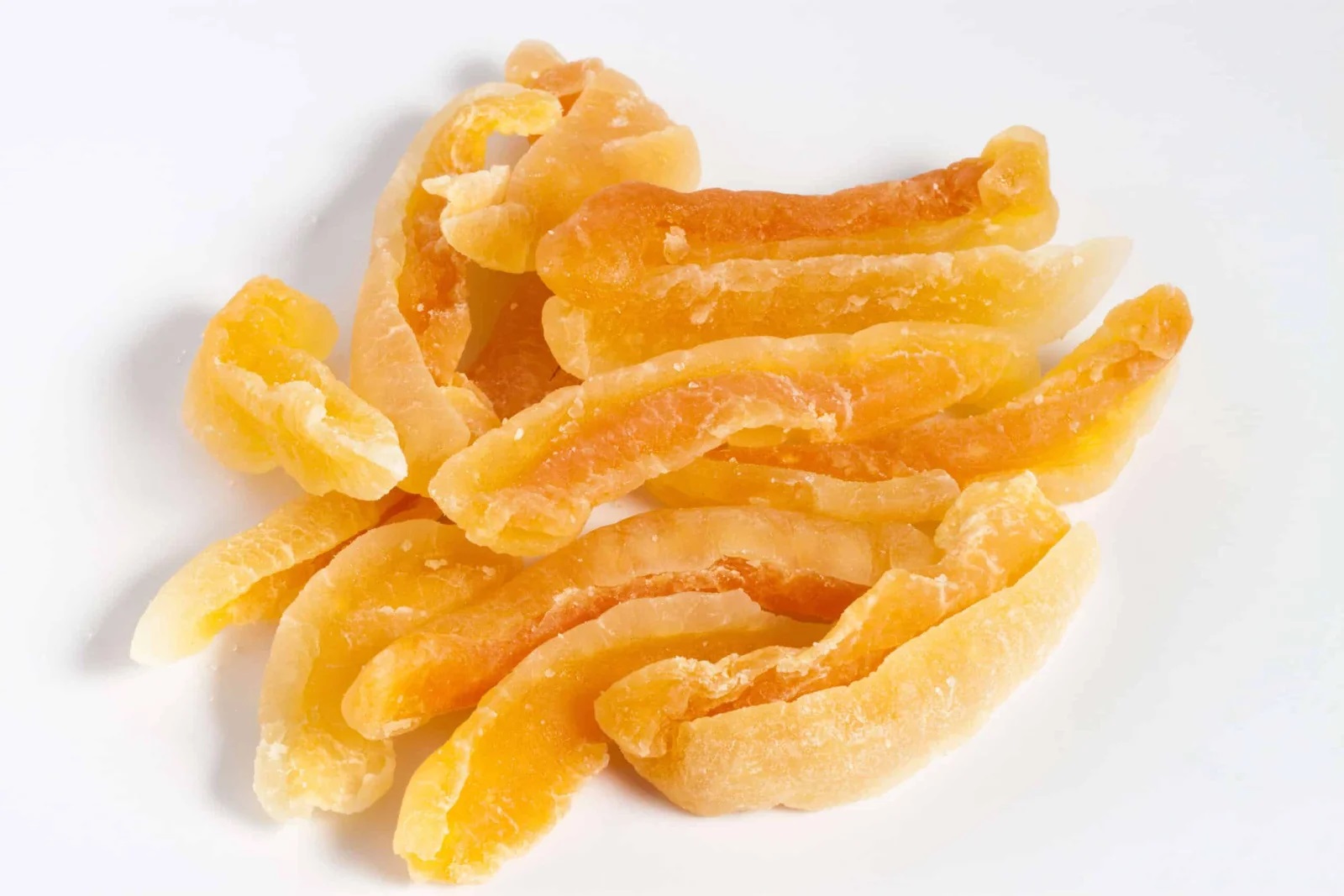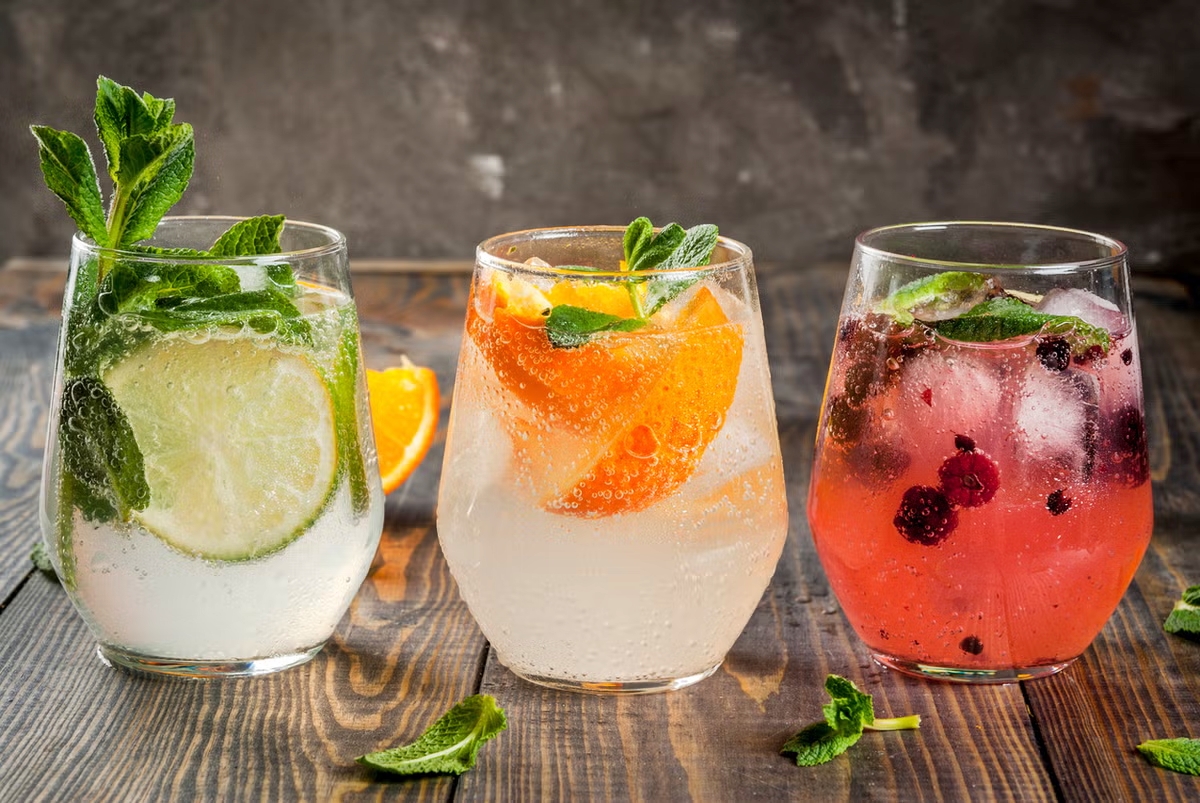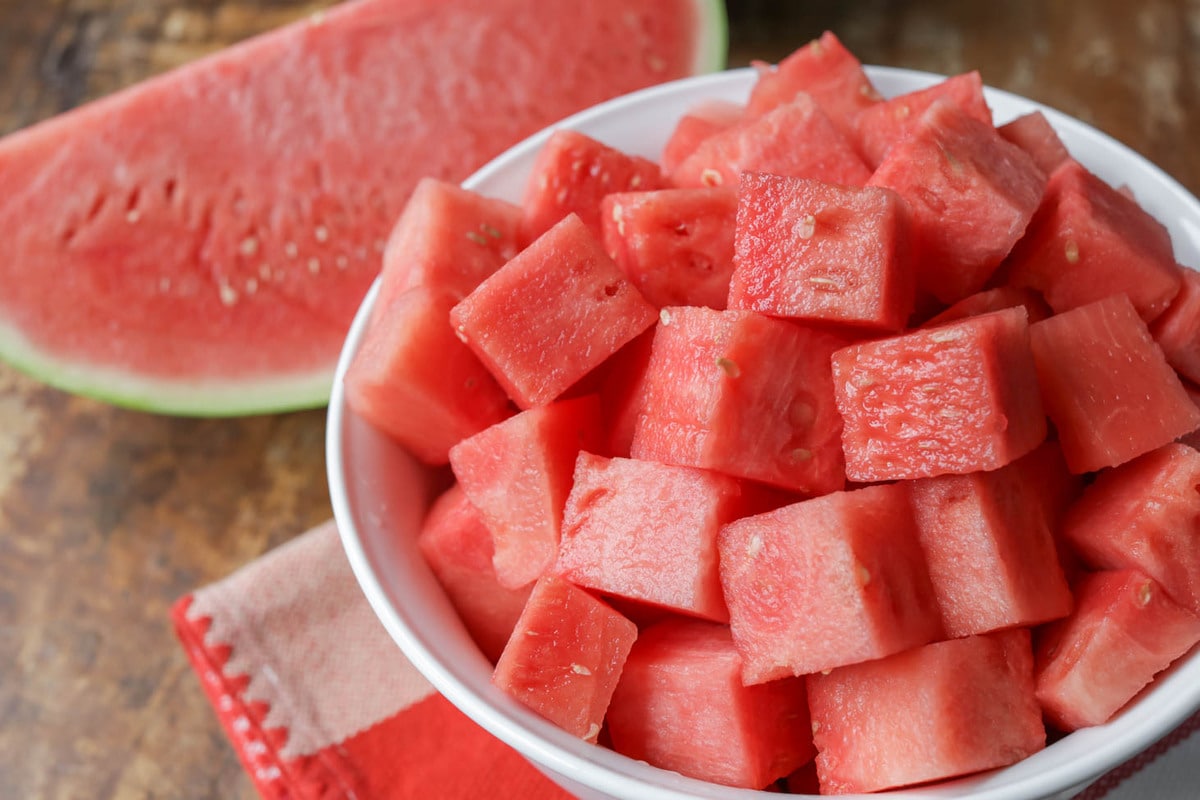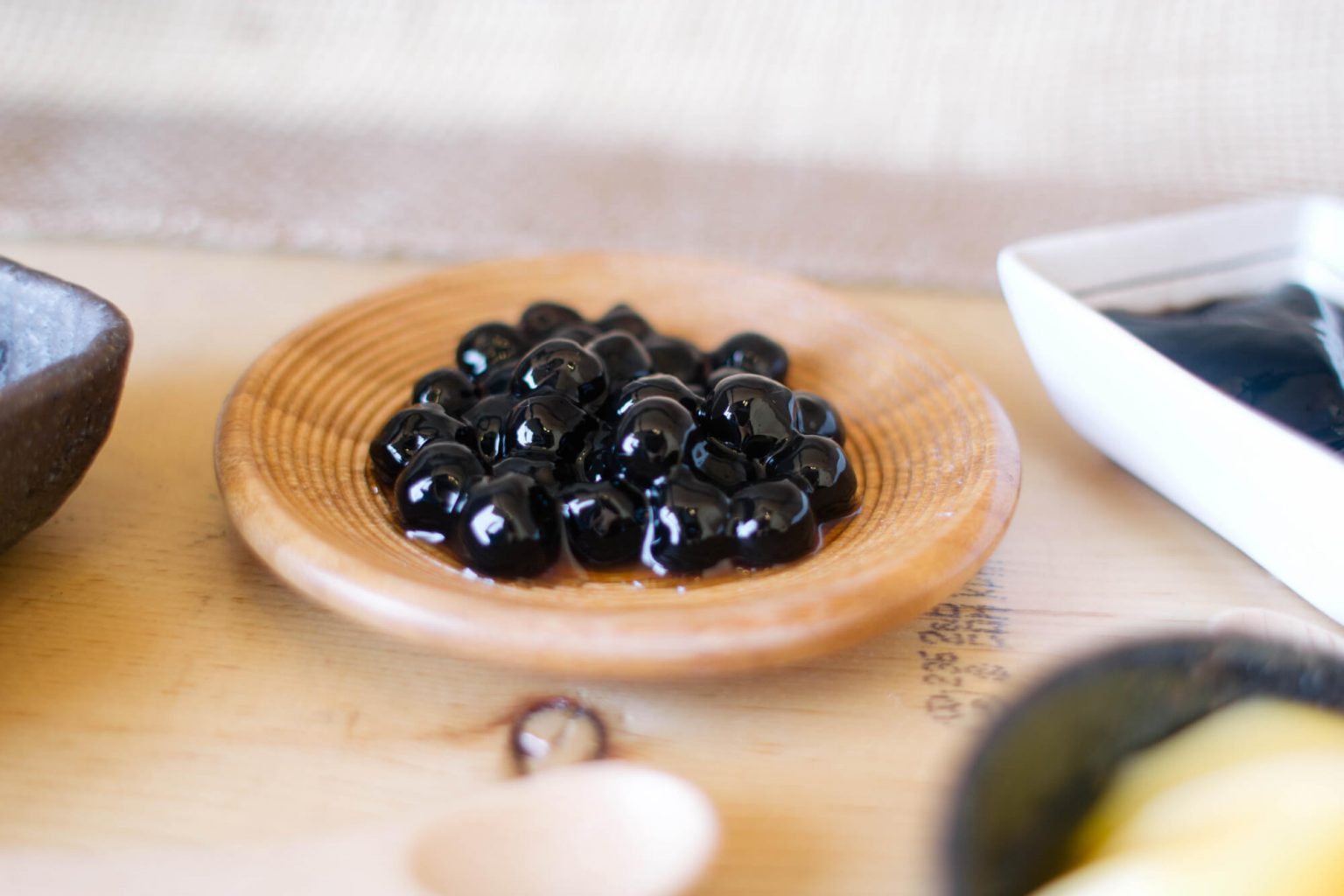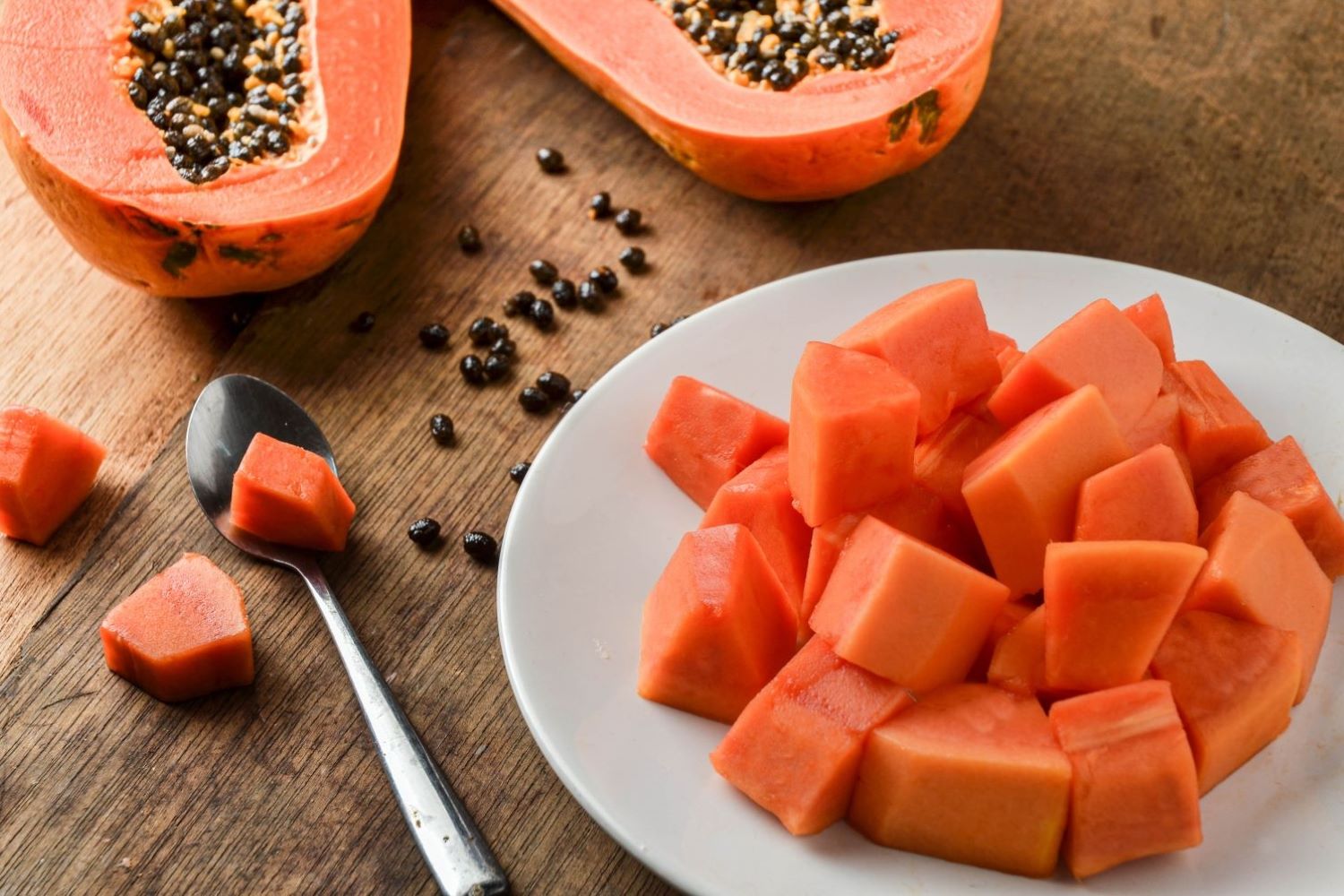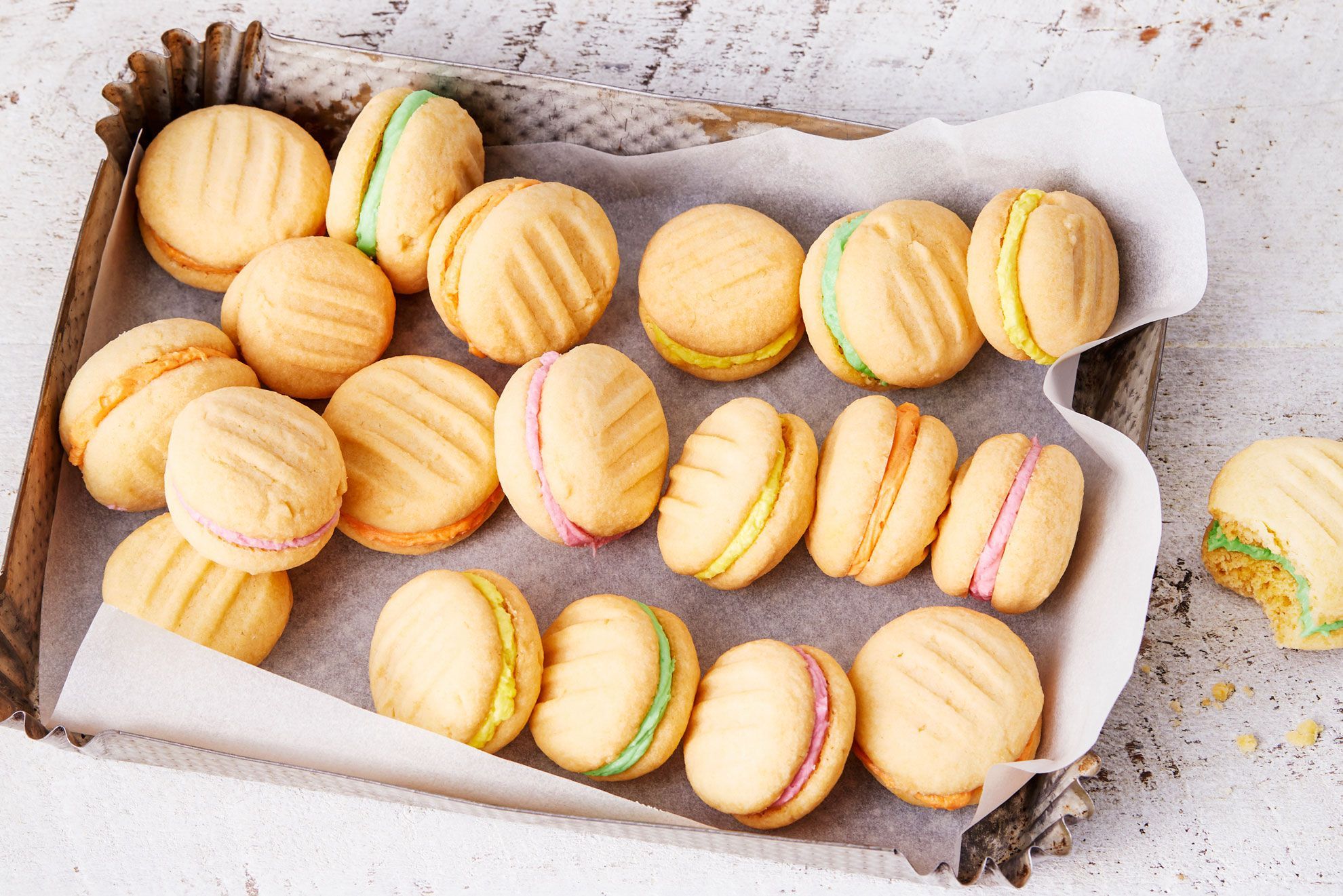Cooking with culinary spheres, also known as molecular gastronomy, brings science into the kitchen. These tiny, flavorful balls can transform ordinary dishes into extraordinary experiences. Imagine biting into a sphere that bursts with intense flavor, adding a surprising twist to your meal. From fruit caviar to balsamic pearls, culinary spheres offer endless possibilities. This technique might seem complex, but with a bit of practice, anyone can master it. Whether you're a home cook or an aspiring chef, learning to use culinary spheres can elevate your dishes, making every meal a delightful adventure. Let's dive into this fascinating world together.
Essential Ingredients for Culinary Spheres
The Art of Cooking with Culinary Spheres
- 1 cup flour
- 2 eggs
- 1/2 cup sugar
- 1/4 cup butter, melted
- 1 tsp baking powder
- 1/2 tsp salt
- 1/2 cup milk
- 1 tsp vanilla extract
- 1/2 cup chocolate chips (optional)
- 1/4 cup chopped nuts (optional)
Must-Have Tools for Culinary Spheres
Tools Needed for Cooking with Culinary Spheres
-
Spherification Kit
- Sodium Alginate
- Calcium Lactate
- Measuring Spoons
- Pipettes or Syringes
-
Mixing Bowls
- Various sizes for different ingredients
-
Immersion Blender
- For blending sodium alginate with liquid
-
Fine Mesh Strainer
- To remove any lumps from the mixture
-
Slotted Spoon
- For removing spheres from the calcium bath
-
Digital Scale
- Accurate measurement of ingredients
-
pH Strips
- Ensuring the correct acidity level
-
Squeeze Bottles
- For precise control when forming spheres
-
Cold Water Bath
- To rinse and set the spheres
-
Storage Containers
- Keeping spheres fresh until use
Culinary spheres, or molecular gastronomy, transform liquids into gel-like balls. Use sodium alginate and calcium chloride to create these spheres, adding a unique texture and visual appeal to dishes.
Why Mastering Culinary Spheres is Important
Cooking with culinary spheres introduces an innovative twist to traditional dishes, transforming them into an interactive experience. This technique, known as spherification, allows chefs to encapsulate flavors in delicate gel-like balls, offering a burst of taste with each bite. It elevates dining to an art form, where presentation and flavor merge.
Spherification doesn't just enhance the visual appeal of a dish; it also engages the diner's senses in a unique way. By incorporating culinary spheres into meals, chefs can create memorable dining experiences that surprise and delight, making every meal an exploration of textures and tastes.
Step-by-Step Guide to Culinary Spheres
Step-by-Step Guide to The Art of Cooking with Culinary Spheres
-
Gather Ingredients and Tools
- Culinary spheres (molecular gastronomy kits)
- Base liquid (juice, broth, or sauce)
- Sodium alginate
- Calcium chloride
- Distilled water
- Measuring spoons
- Blender
- Syringe or dropper
- Slotted spoon
- Mixing bowls
-
Prepare Sodium Alginate Solution
- Measure 1 gram of sodium alginate.
- Blend with 100 milliliters of distilled water until fully dissolved.
- Let the solution rest for 15 minutes to remove air bubbles.
-
Prepare Calcium Chloride Bath
- Measure 5 grams of calcium chloride.
- Dissolve in 500 milliliters of distilled water.
- Stir until completely dissolved.
-
Mix Base Liquid with Sodium Alginate
- Measure 100 milliliters of your chosen base liquid.
- Blend with 1 gram of the prepared sodium alginate solution.
- Ensure the mixture is smooth and free of lumps.
-
Create Culinary Spheres
- Fill a syringe or dropper with the base liquid mixture.
- Gently drop the liquid into the calcium chloride bath.
- Allow the drops to form spheres and let them sit for 1-2 minutes.
-
Rinse Spheres
- Use a slotted spoon to remove the spheres from the bath.
- Transfer them to a bowl of distilled water to rinse off excess calcium chloride.
- Let the spheres sit in the water for 1 minute.
-
Store or Serve Spheres
- If not serving immediately, store the spheres in a sealed container with a small amount of the base liquid.
- Keep refrigerated until ready to use.
-
Presentation Tips
- Serve spheres on a spoon or in a small dish.
- Pair with complementary garnishes or sauces.
- Use spheres to enhance the visual appeal and flavor of your dishes.
-
Experiment with Flavors
- Try different base liquids like fruit juices, vegetable broths, or cocktail mixes.
- Adjust the sodium alginate and calcium chloride ratios for different textures.
- Combine multiple flavors for a unique culinary experience.
-
Safety Precautions
- Always use food-grade chemicals.
- Ensure proper hygiene and sanitation.
- Follow instructions carefully to avoid any health risks.
-
Clean Up
- Wash all tools and equipment thoroughly.
- Dispose of any leftover solutions safely.
- Store unused chemicals in a cool, dry place.
-
Practice and Perfect
- Practice regularly to perfect your technique.
- Experiment with different sizes and shapes of spheres.
- Share your creations with friends and family for feedback.
Bringing It All Together
Cooking with culinary spheres opens up a world of creativity in the kitchen. These versatile tools can transform simple ingredients into gourmet dishes. From molecular gastronomy to everyday cooking, spheres add a touch of elegance and innovation. Experimenting with different flavors, textures, and presentations can elevate your cooking game. Remember, the key is to have fun and not be afraid to try new things. Whether you're a seasoned chef or a home cook, incorporating culinary spheres can make your dishes stand out. So, grab your tools, gather your ingredients, and start creating culinary masterpieces. Happy cooking!
Common Questions About Culinary Spheres
What are culinary spheres?
Culinary spheres are small, round shapes made from liquids using a technique called spherification. This method turns liquids into gel-like balls, often used in modern cooking to add a burst of flavor and a unique texture.
How do you make culinary spheres?
To make culinary spheres, you need a liquid, sodium alginate, and calcium chloride. Mix the sodium alginate with the liquid, then drop it into a calcium chloride bath. The liquid forms a gel-like coating, creating a sphere.
What liquids can be used for spherification?
Almost any liquid can be used for spherification. Juices, sauces, soups, and even cocktails work well. Just make sure the liquid is smooth and free of chunks.
Are culinary spheres safe to eat?
Yes, culinary spheres are safe to eat. The ingredients used, like sodium alginate and calcium chloride, are food-grade and commonly used in the food industry.
How do culinary spheres enhance a dish?
Culinary spheres add a burst of flavor and an interesting texture to dishes. They can surprise diners with a pop of liquid when bitten into, making the dining experience more exciting.
Can I make culinary spheres at home?
Yes, you can make culinary spheres at home. You'll need some basic ingredients and tools, like a syringe or dropper, but the process is straightforward and fun to experiment with.
What dishes can I use culinary spheres in?
Culinary spheres can be used in a variety of dishes. They work well in appetizers, main courses, desserts, and even drinks. Try adding them to salads, soups, cocktails, or as a garnish for desserts.
